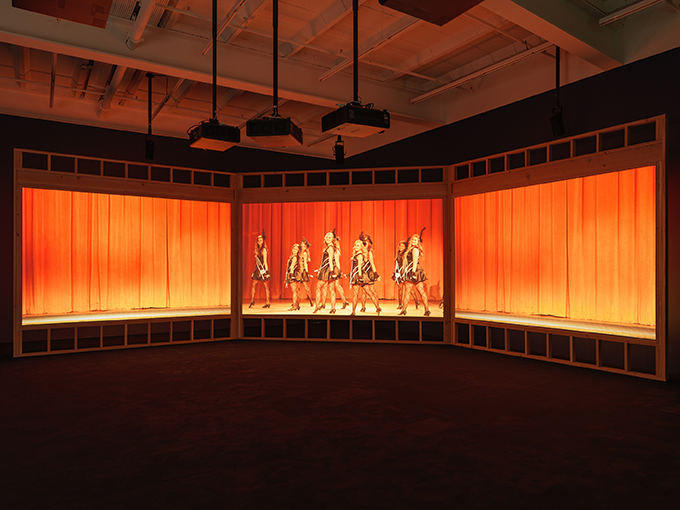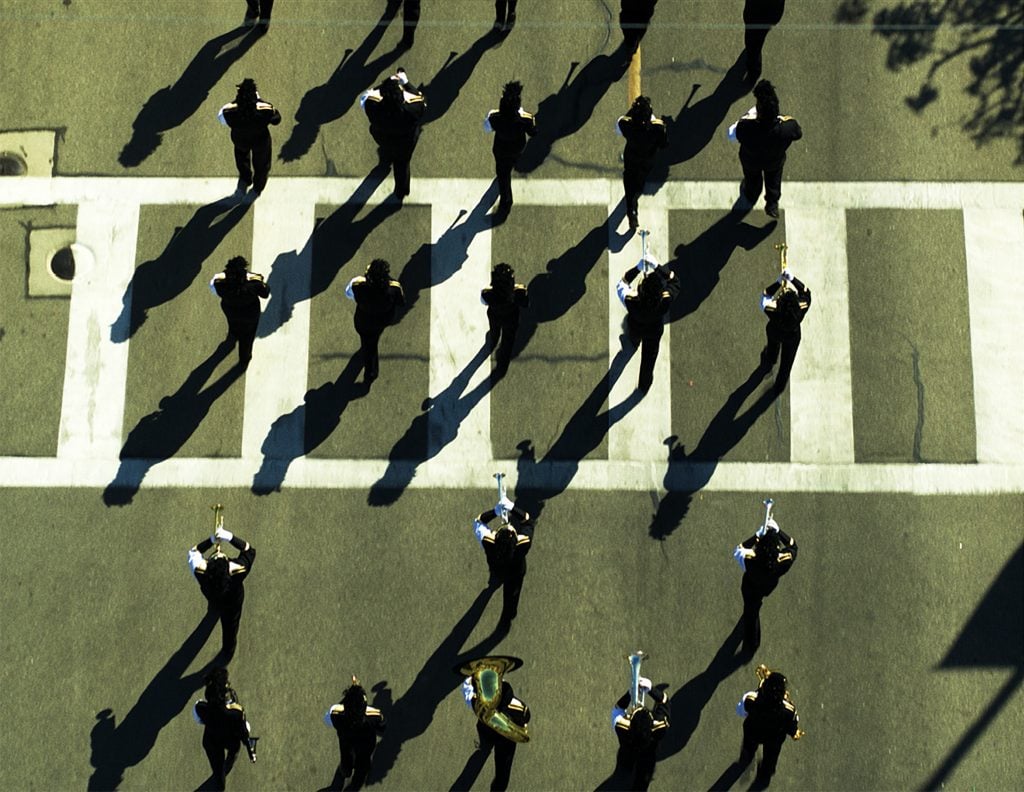Art & Exhibitions
Doug Aitken’s New Video Work Visits a Middle American Oil Town and Delivers a Searing Comment on Climate Change
The video "Howl" premiered at Eva Presenhuber in Zurich last month.

The video "Howl" premiered at Eva Presenhuber in Zurich last month.

Kate Brown

“What should the future look like?” is a central question occupying the minds of scientists, economists, artists, and politicians debating in important forums daily. However, another set of questions loom, which are just as important, and which often determine the first: “Who gets asked?” The other one, which folds into it: “Who gets to decide?”
Rarely are such questions about the future put to citizens of small rural communities, even though they may be in some cases most affected by climate change and economic and industrial shifts. This seems to be on the mind of the conceptual California-based artist Doug Aitken when he took his camera inland to an unnamed U.S. oil town and started filming his conversations with the locals.
In their arid dust-bowl of a town, huge pump jacks dot the horizon, pulsing in and out of a bone dry desert landscape to extract oil, which seems to be the main source of income of the town and also its raison d’etre. The new video, called HOWL, premiered in his solo exhibition at Eva Presenhuber, Zurich last month (it is on view through July 22), and it juxtaposes these rhythmic, unforgiving fracking machines against the voices from the people who coexist among them. The short film and adjacent exhibition that shares its title propose an unsettling view of a climate emergency punctuating our present, and offers a strong dose of angst about the future.

Doug Aitken, HOWL (film still) (2023). © Doug Aitken.
“We wanted to give a voice to the people that were there and allow their expression to become the narrative of the work,” Aitken told Artnet News. “It wasn’t a piece that I had a plan for. I did not have a script or a thesis. The work made itself over the time.”
In HOWL, juxtaposition of the two groups of main protagonists, humans on the one hand, and these massive rhythmic machines on the other, has been formed into a 15-minute narrative across three channels in a darkened room in the gallery. The work, though drawn from real footage filmed across a year, is far from a documentary. Instead, the mood is surreal, with fragmentary glimpses into a polyphony of realities and viewpoints that constitute this anonymous place, which Aitken sees as an allegory for many places in the world that are suffering due to post-industrialism and climate change.
A woman living in her car in a parking lot speaks about utopia and her ideals for the future, for example. In an abuse shelter, another woman speaks in subtle shifts about physical, emotional, and climate abuse. A group of beauty pageant contestants don oil-black costumes, and all of it is intercut with shots of boarded-up strip malls and empty parking lots. There is a moment of a town brass band parade, which seems to reach to the ghost of some former glory such places once had.
“At first, I was drawn to this hallucinatory landscape of fracking and drilling and crushing and looking at this activity as the arteries and veins of the body, and this activity as the extraction of the blood from landscape,” Aitken said. “As the journey of creating it progressed, it became equal parts that and a conversation with the people inhabiting the space.”
Elsewhere in the gallery are individual wall sculptures with single words drawn out from the themes of the film: “howl,” “contact,” “drama,” and “unreal.” These pictographic-like pieces, layered on top of wallpapers of landscapes, and mirror works that cut up your reflection as you pass by, create an immersive space that is as uncanny as the film—except one is a constructed reality and one is poignantly real.
See a clip of the film below.
Doug Aitken, HOWL (2023). Courtesy the artist and Galerie Eva Presenhuber, Zurich / Vienna © Doug Aitken.
More Trending Stories:
A Norwegian Dad Hiking With His Family Discovered a Rock Face Covered With Bronze Age Paintings
An Israeli First-Grader Stumbled on a 3,500-Year-Old Egyptian Amulet on a School Trip